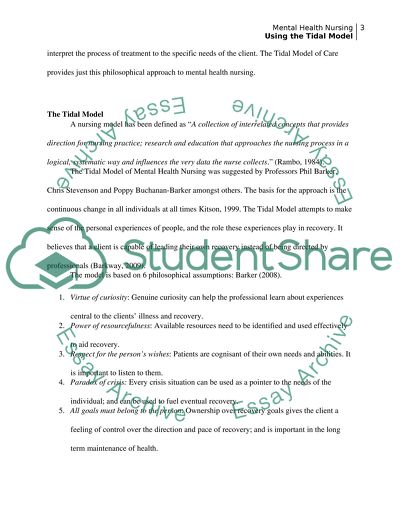Cite this document
(“Using of Tidal Model of Mental Health Nursing Essay”, n.d.)
Retrieved de https://studentshare.org/nursing/1423837-tidal-model-mental-health-nursing-psychogeriatrics
Retrieved de https://studentshare.org/nursing/1423837-tidal-model-mental-health-nursing-psychogeriatrics
(Using of Tidal Model of Mental Health Nursing Essay)
https://studentshare.org/nursing/1423837-tidal-model-mental-health-nursing-psychogeriatrics.
https://studentshare.org/nursing/1423837-tidal-model-mental-health-nursing-psychogeriatrics.
“Using of Tidal Model of Mental Health Nursing Essay”, n.d. https://studentshare.org/nursing/1423837-tidal-model-mental-health-nursing-psychogeriatrics.


